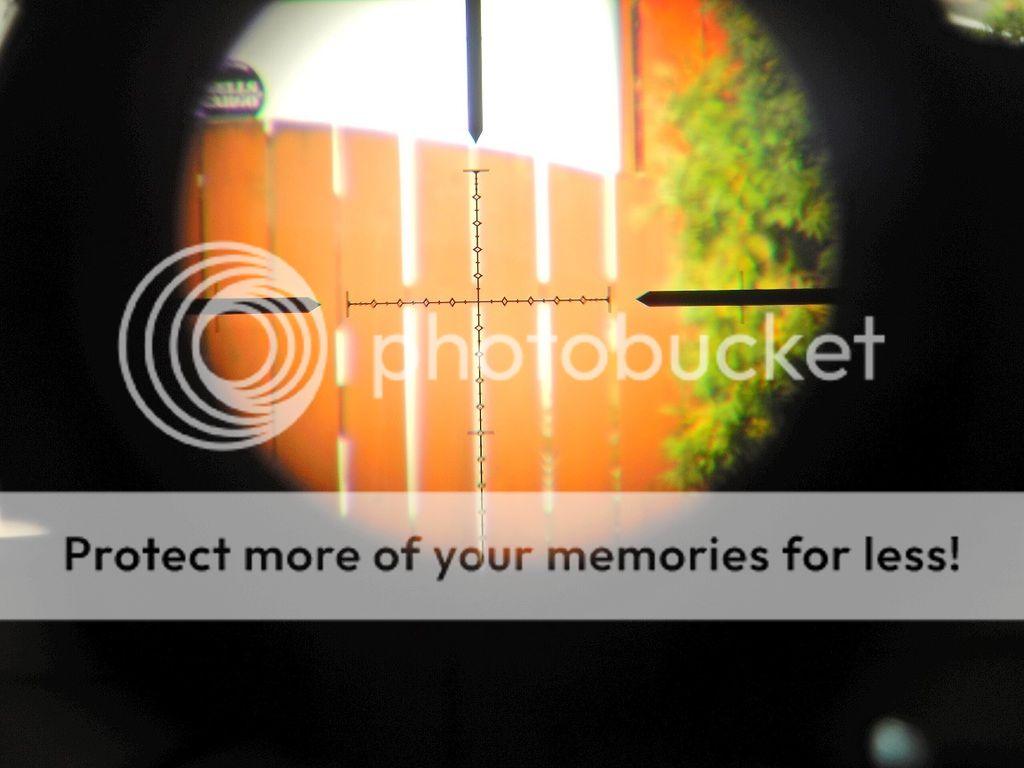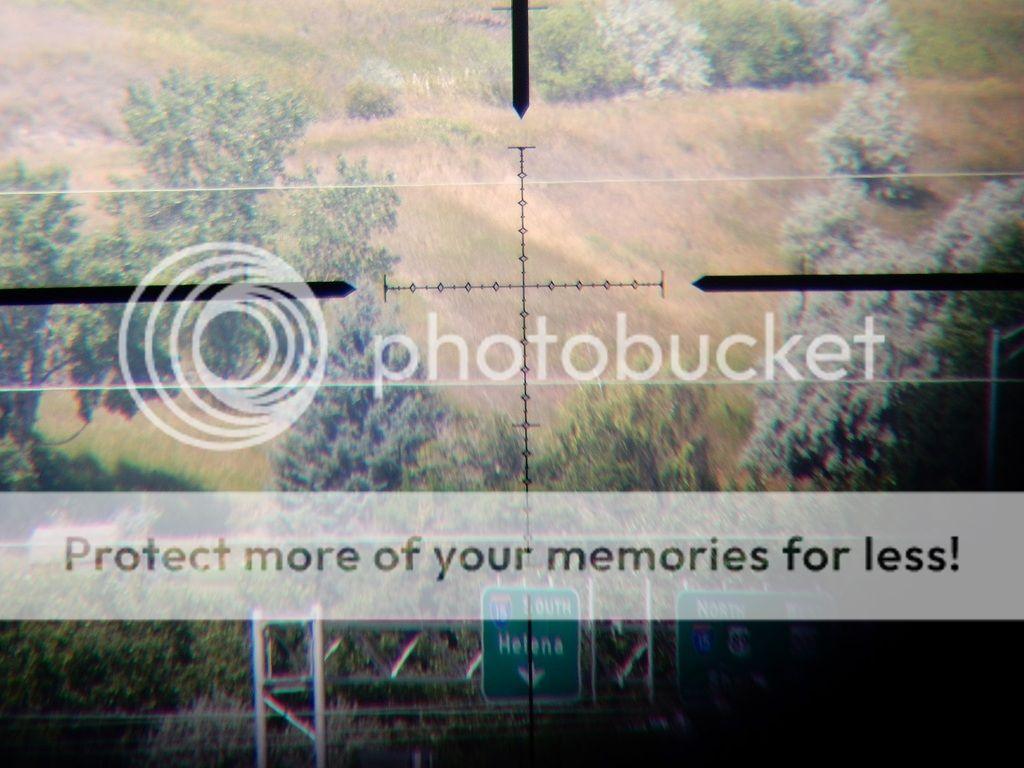This more a matter of specific reticles used in a specific FFP scope, than a general SFP vs FFP issue.
The reticle on the FFP SWFA SS scopes (I have the 5-20x50 HD) is pretty thick, which is good if you need to use it at low magnification. It's very functional for big game hunting. Other FFP scope reticle designs not-so-much. I have a FFP Leupold mark 4 with the TMR reticle. It is a very fine reticle designed originally for SFP scopes and carried over to the FFP scope line up. It is almost useless in dark timber at low magnification, period. The only issue I've had with the SWFA reticle was trying to shoot ground squirrels at 1000+ yards. The reticle size at that distance was enough to cover some of them completely. I just used one of the corners of the center crosshair as my aiming point and adjusted appropriately.
Some FFP scope reticle designs are quite innovative and have features that make them usable at all magnifications. A good example is the reticle on the Bushnell LRHS scopes. It has a circle around the center of the reticle at the 2 mil sub-tensions. At high magnification, it is unobtrusive (IMO) and just there, when zoomed down to lower power where the reticle is thin, the circle works as a quick acquisition aiming circle. On other purposed-designed FFP reticles, the fine hash-marks (0.2 mil) on the reticle are very functional for wind holds at high magnification, and at lower magnification they make the reticle crosshairs appear thicker. A good feature to have on a FFP scope is illumination. At low power in dark timber with a thin FFP reticle, illumination makes it useful.
Also note that on FFP scopes, diopter adjustment is much more fussy and requires precise adjustment. If the diopter is not properly adjusted, the glass will appear to be sub-par.


